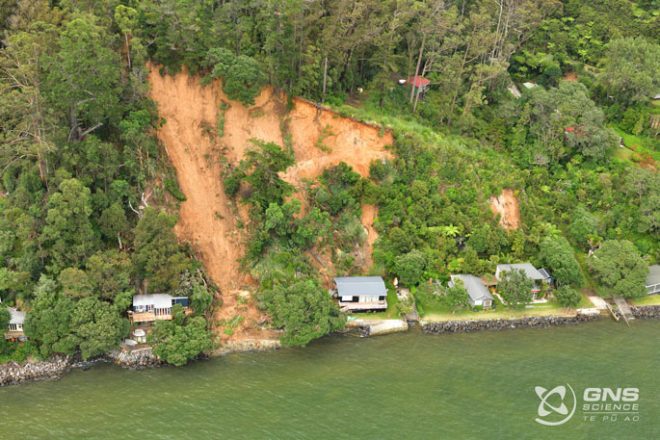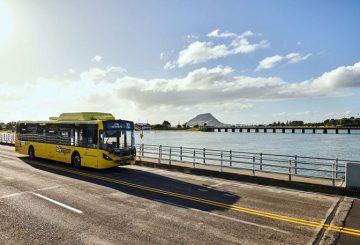托卡图阿克的地震委员会(EQC)已向14个研究小组捐赠了超过120万美元。这是今年两年一轮补助金的一部分。这些项目的目标是更好地了解自然灾害的风险并找到减轻其影响的方法。
Toka Tü Ake EQC希望确保在新西兰家庭、城镇和城市的所有决策中都考虑到抵御自然灾害的能力。通过投资研究,他们旨在降低我们对自然灾害造成的事件的脆弱性。
自1989年以来,两年一次的补助金每两年发放一次。发放的补助金与Toka Tü Ake的研究优先事项一致。其中包括帮助人们、衡量危害及其影响、考虑智能土地利用、治理和经济以及弹性建筑的研究。今年,将近80个团体对补助金表示了兴趣。
研究负责人娜塔莉·巴尔弗博士说,这14个研究项目中的每一个都将帮助我们了解新西兰的自然灾害风险,并减少这些事件发生时对人和财产的影响。
她解释说,成功的项目涵盖了一系列自然灾害,从火山到山体滑坡。许多项目还考虑了气候变化对这些灾害的影响。有些项目由毛利人研究人员领导或包括毛利人的知识。
巴尔弗博士认为,投资科学和研究至关重要。她说,将这项研究转化为有用的信息供他人使用很重要。这可以帮助决策者、地方议会、设计师、工程师、建筑商和公众做出更好的决策。
Toka Tü Ake还继续拨出特别资金,为毛利人相关研究和职业生涯早期的研究人员提供更多机会。
除了资助两年一次的补助金外,Toka Tü Ake还投资于新西兰各地大学的研究,支持区域和社区组织进行自然灾害和降低风险的研究,并为新西兰GeoNet的自然灾害监测系统等系统和计划做出贡献。






























































